
Filter News
Area of Research
- (-) Clean Energy (187)
- (-) Materials (136)
- Advanced Manufacturing (5)
- Biological Systems (1)
- Biology and Environment (103)
- Biology and Soft Matter (4)
- Building Technologies (2)
- Chemical and Engineering Materials (3)
- Chemistry and Physics at Interfaces (7)
- Climate and Environmental Systems (7)
- Computational Biology (1)
- Computational Chemistry (5)
- Computational Engineering (1)
- Computer Science (3)
- Data (1)
- Earth Sciences (1)
- Electricity and Smart Grid (1)
- Energy Frontier Research Centers (7)
- Fuel Cycle Science and Technology (2)
- Functional Materials for Energy (8)
- Fusion and Fission (33)
- Fusion Energy (7)
- Geographic Information Science and Technology (1)
- Isotope Development and Production (1)
- Isotopes (22)
- Materials for Computing (13)
- Materials Synthesis from Atoms to Systems (8)
- Materials Under Extremes (7)
- National Security (46)
- Neutron Data Analysis and Visualization (2)
- Neutron Science (74)
- Nuclear Science and Technology (29)
- Quantum Condensed Matter (3)
- Quantum information Science (4)
- Renewable Energy (2)
- Sensors and Controls (2)
- Supercomputing (155)
- Transportation Systems (4)
News Type
News Topics
- 3-D Printing/Advanced Manufacturing (28)
- Advanced Reactors (3)
- Artificial Intelligence (5)
- Big Data (3)
- Bioenergy (11)
- Biology (4)
- Biomedical (4)
- Biotechnology (1)
- Buildings (14)
- Chemical Sciences (9)
- Clean Water (5)
- Climate Change (8)
- Composites (3)
- Computer Science (13)
- Coronavirus (7)
- Critical Materials (1)
- Cybersecurity (6)
- Decarbonization (18)
- Energy Storage (27)
- Environment (25)
- Exascale Computing (1)
- Fossil Energy (1)
- Fusion (3)
- Grid (15)
- High-Performance Computing (3)
- Isotopes (6)
- Machine Learning (2)
- Materials (25)
- Materials Science (26)
- Mathematics (2)
- Mercury (1)
- Microelectronics (1)
- Microscopy (10)
- Nanotechnology (11)
- National Security (1)
- Net Zero (1)
- Neutron Science (13)
- Nuclear Energy (12)
- Partnerships (5)
- Physics (13)
- Polymers (5)
- Quantum Computing (1)
- Quantum Science (1)
- Security (4)
- Simulation (1)
- Space Exploration (2)
- Summit (3)
- Sustainable Energy (17)
- Transformational Challenge Reactor (2)
- Transportation (23)
Media Contacts

Researchers have long sought electrically conductive materials for economical energy-storage devices. Two-dimensional (2D) ceramics called MXenes are contenders. Unlike most 2D ceramics, MXenes have inherently good conductivity because they are molecular sheets made from the carbides ...

Rich Davies recently joined Oak Ridge National Laboratory (ORNL) as deputy director of the Sustainable Transportation Program. Having previously worked in vehicle and manufacturing research, program management, and strategic planning at Pacific Northwest National Laboratory (PNNL), he comes to ORNL ...
Merlin Theodore is used to the role of pathfinder, having been the first among her family of 11 siblings to pursue graduate studies and then take up a career as a technology innovator. That path led to the doorstep of Oak Ridge National Laboratory, where she was recently hired as director of the US ...

Ever since she was a young girl in the small town of Toa Alta, Puerto Rico, Oak Ridge National Laboratory researcher Marissa Morales has had a fascination with science. “When I was a child- maybe 10 or 11- I would mix random ingredients. I put some samples in the freezer, other samples in the ref...
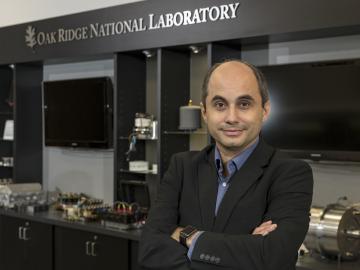
A penchant for playing with the rules of thumb has pushed Burak Ozpineci’s research to the cutting edge of power electronics design for efficient, clean energy—whether that is researching new semiconductors, building new types of power inverters and converters, or creating a way to wirelessly transf...
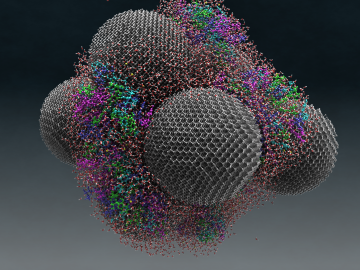
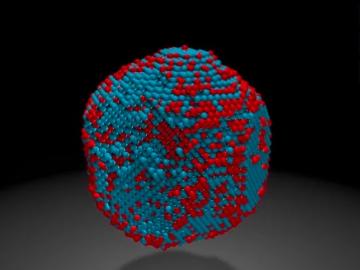
Barely wider than a strand of human DNA, magnetic nanoparticles—such as those made from iron and platinum atoms—are promising materials for next-generation recording and storage devices like hard drives. Building these devices from nanoparticles should increase storage capaci...

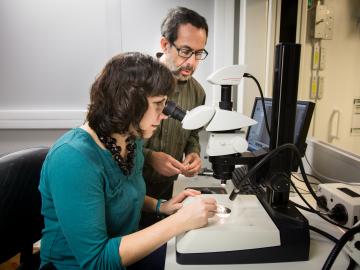
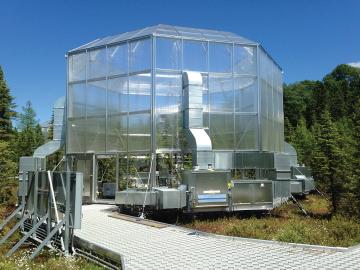
Deep stores of carbon in northern peatlands may remain stable despite rising temperatures, according to a team of researchers from several U.S.-based institutions. And that is good news for now, the researchers said. Florida State University ...


